The 4 Human Skills That Make Self-Management Work

It started with a visit. Over the summer, Delphine, Marie, and Isabelle from Butterfly&CO (also the driving force behind our Belgian Rebel Cell) visited our Corporate Rebels office in Eindhoven.
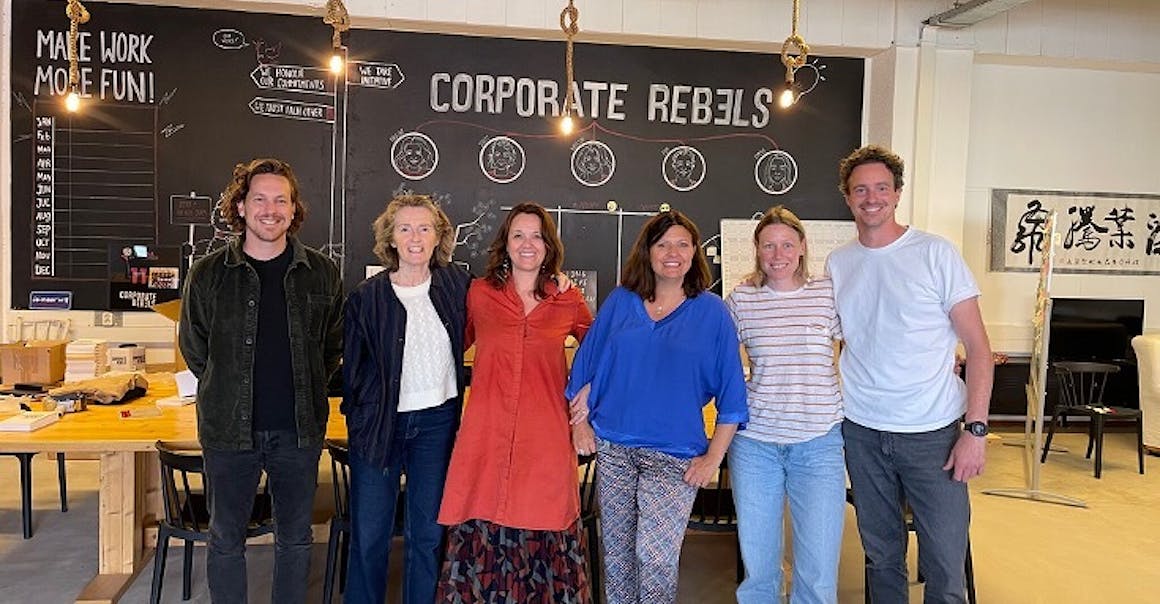
What unfolded was a deep dive into their unique approach to organizational transformation. One that flips the script.
Instead of starting with structure, tools, or roles, Butterfly&CO starts with the individual.
Their philosophy?
You can't build a thriving flat organization unless people are truly ready (emotionally, mentally, and relationally) to thrive in it.
To do so, they rely heavily on the work of American psychiatrist Eric Berne, which was new to me.
Curious, I dug deeper. Soon I began seeing powerful connections to flat organizations.
Three ego states
In the 1950s, Berne introduced Transactional Analysis.
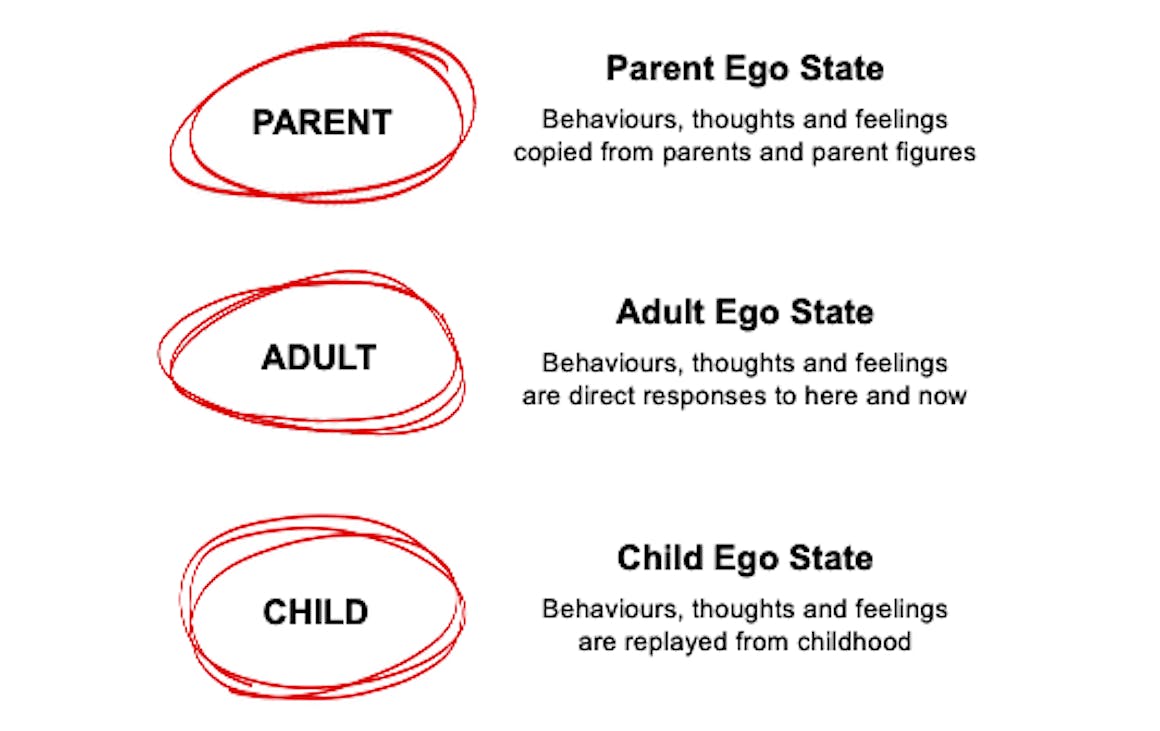
His idea was simple but profound: in every interaction, we operate from one of three ego states:
- Parent: authoritative, nurturing, disciplinarian.
- Adult: independent, rational, problem-solving.
- Child: dependent, playful, compliant.
It first glance, this might sound like psychology-speak with little to do with work.
But look closer, and the parallels with organizational life are hard to miss.
Hierarchies as Parent-Child
Most traditional companies run on parent-child dynamics.
It's a chain of command: orders flow down, approval flows up.
In Berne's language, that's Parent to Child.
The manager plays the Parent. The employee plays the Child.
And the whole system depends on obedience, compliance, and permission.
Flat as Adult-Adult
Flat organizations break from that script.
They don't eliminate relationships. They reconfigure them
Instead of Parent-Child, the most successful flat organizations cultivate Adult-Adult interactions.
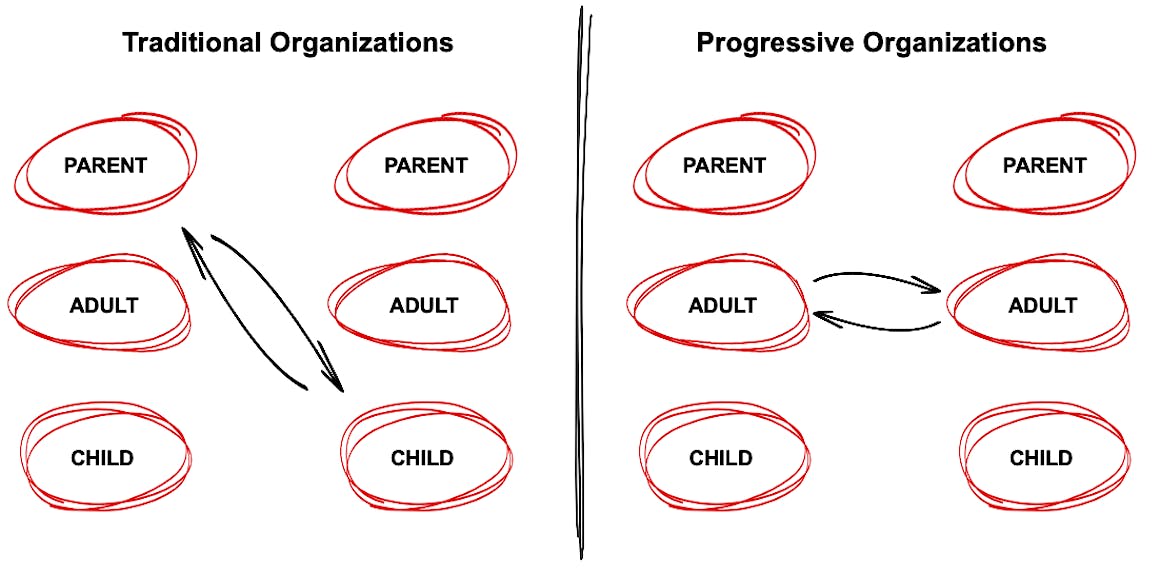
Simply, adults working with other adults. And peers talking to peers.
The catch: Structure ≠ Mindset
Here's the problem: when transforming to a flat organization you can't just delete managers and expect everyone suddenly starts to act like adults.
If people are used to obeying (Child) or controlling (Parent), they'll drag those roles into the new system.
Suddenly, your "self-managing" company looks different on paper, but in practice it's still a playground of bosses and kids. Just without the job titles.
That's why Berne's insight matters.
Because real organisational transformation isn't just structural.
It's psychological.
Tools for transformation
But transactional Analysis isn't just theory.
It offers practical ways to move from Parent-Child dynamics to Adult-Adult relationships.
Here are four survival skills every flat organization needs.
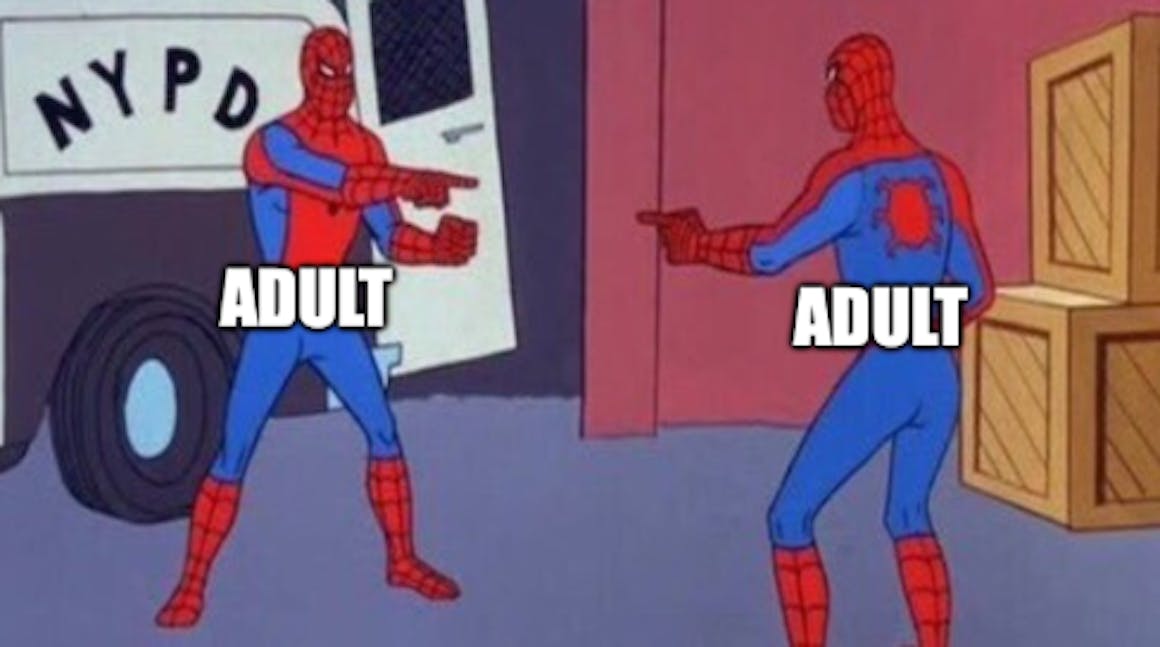
1. Self-awareness training
Most of us switch between Parent, Adult, and Child without noticing.
- A sharp tone in a meeting? Critical parent.
- A sulky silence after feedback? Child.
The challenge in flat organizations is that if people don't recognize these shifts, collaboration quickly derails.
Self-awareness becomes the first defense. The moment you catch yourself ("I'm slipping into Parent mode here") is the moment to create the possibility to change.
Flat organizations therefore should train people to notice these patterns in themselves and in others, often in real time.
Some practical tools:
- Ego-state mapping: Map recent interactions and identify which ego state each person was speaking from. Do it as a team on a whiteboard: "Where was I? Where were you?"
- Behavioural cues training: Spot tone, body language, and words that signal Parent/Child. An example: A Parent often uses "always/never" language, while a Child shows avoidance or sarcasm.
- Transactional recording: Journal daily interactions, ego states, and outcomes. Over time, patterns emerge: "I default to parent with juniors" or "I slip into child with authority figures."
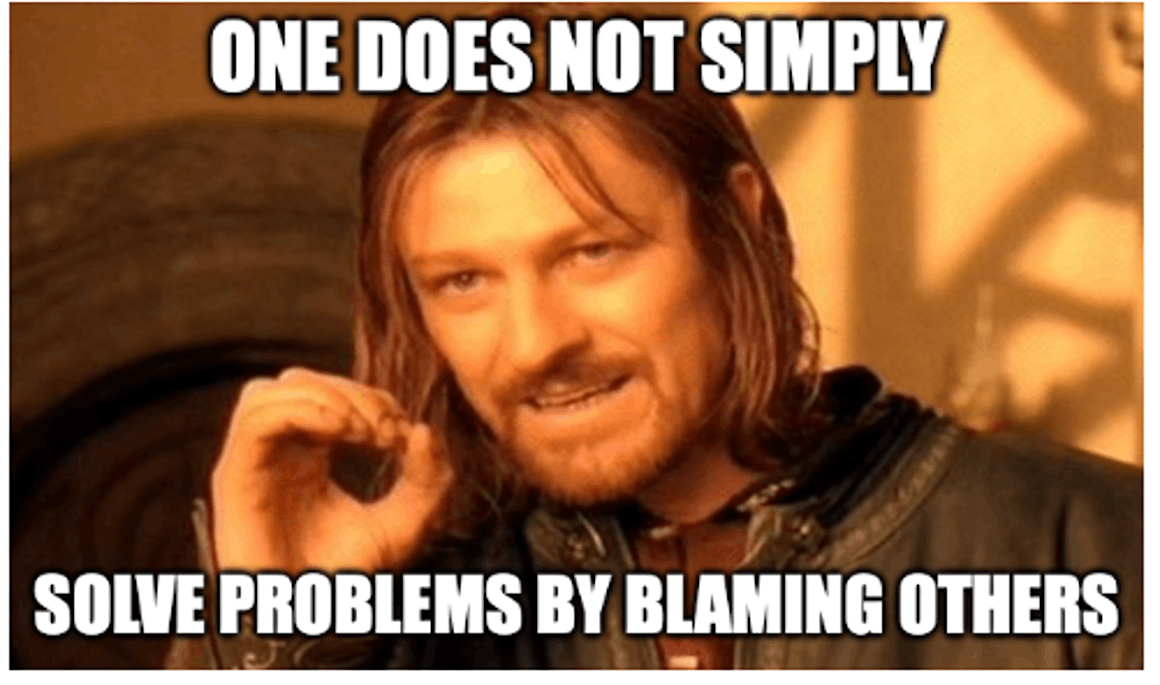
2. Solution-oriented communication training
Parent-Child talk often sounds like:
- "You always mess this up." (Parent)
- "It's not my fault." (Child)
Adult-Adult talk reframes it:
- "What data do we have? What options do we see?" (Adult)
In flat system, this shift is vital.
Without it, teams waste energy in blame games. With it, conversations stay solution- and future-focused. This enables faster and more constructive progress.
That's why training in solution-oriented communication, nonviolent communication, and conflict resolution becomes non-negotiable.
Some practical tools:
- Adult language drills: Reframe Parent/Child phrases into Adult ones. An example: Replace "You always miss deadlines" with "What's blocking us, and what options do we have."
- Cross transaction role-play: Practice when one person speaks from Parent and the other replies from Child. Learn to de-escalate by consciously shifting into Adult mode.
- Reality testing questions: Train people to pause and ask: "What facts do we have? What assumptions are we making? What's the most constructive next step?"
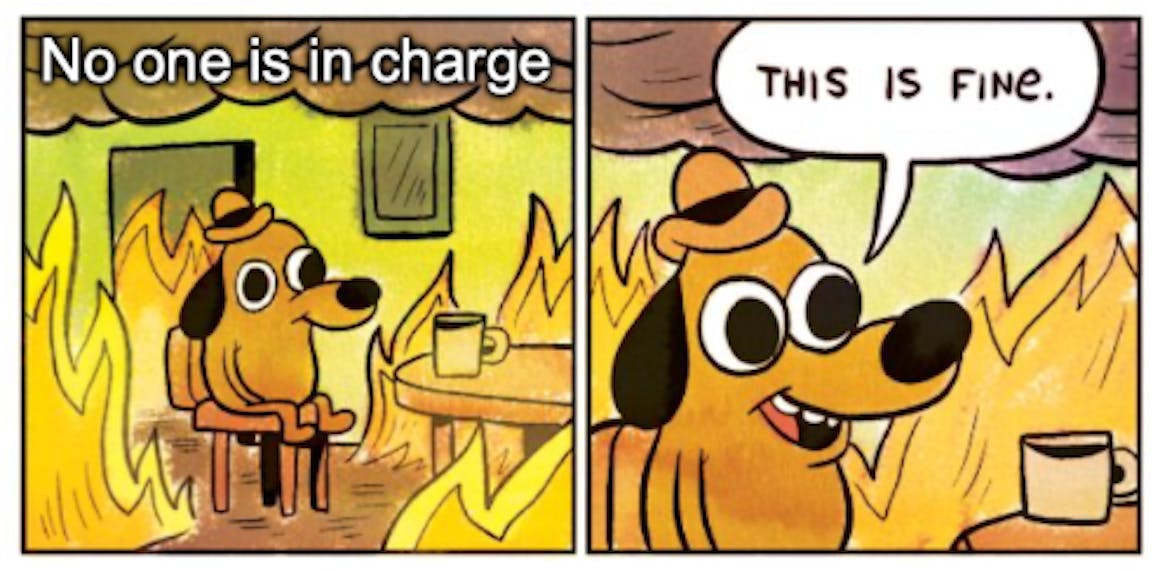
3. Personal leadership training
In hierarchies, progress often comes from obedience: "Do this because I say so."
In flat systems, progress must come from people stepping up: taking ownership, making commitments, and holding themselves and each other accountable.
When this doesn't happen, teams drift into unspoken expectations and disappointment.
When it does, they build trust, reliability, and autonomy.
That's the essence of personal leadership: not waiting for orders, but actively shaping agreements and following through.
Some practical tools:
- Three-level agreements: When making agreements make sure to cover administrative (who/what/when), professional (method/boundaries), and psychological (emotional expectations) aspects.
- Clear agreement formula: Make agreements following a clear formula. An example: "I will do X, you will do Y, by Z time, and we will measure success by W." Practice this in workshops to reduce ambiguity.
- Agreement check-ins: Establish regular rituals (weekly or monthly) to revisit agreements. Are they kept? Are they still relevant? This prevents "silent drift" where unspoken expectations erode trust.
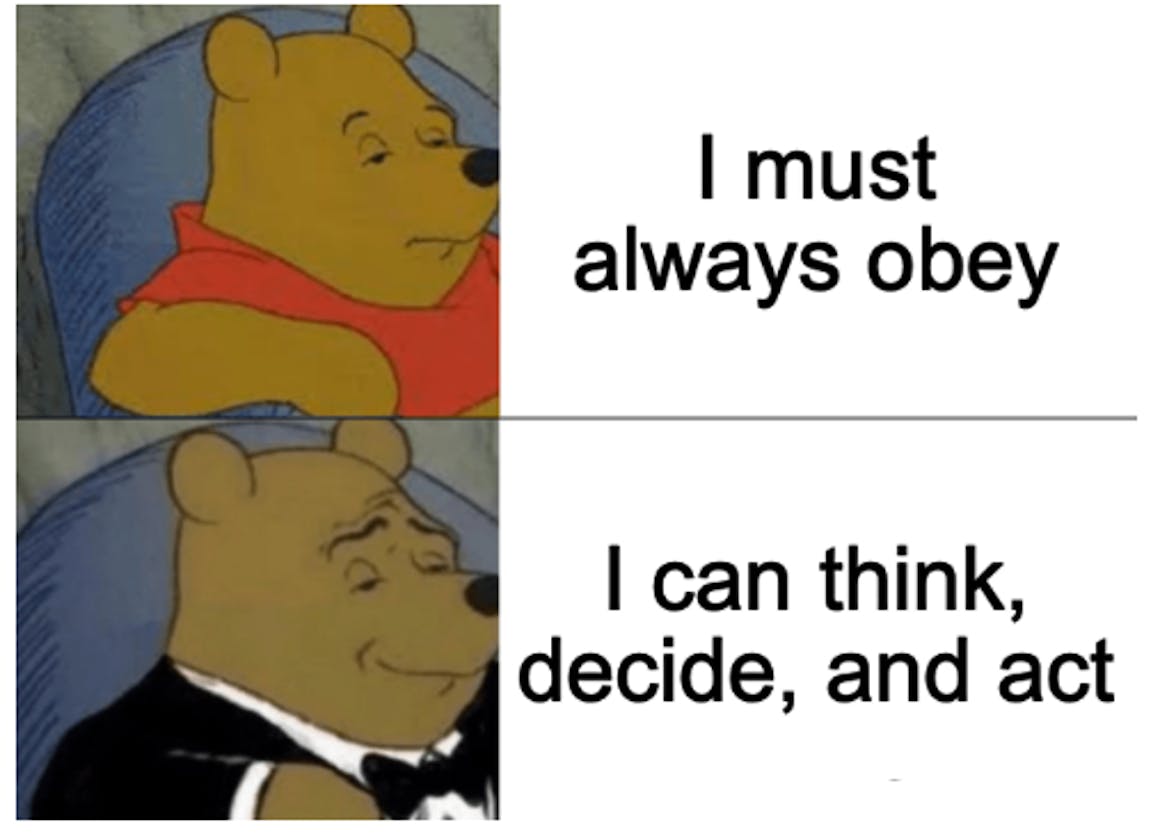
4. Emotional intelligence training
If left unexamined, these scripts contaminate Adult reasoning and sabotage self-management.
Decontamination is about surfacing those voices, naming them, and replacing them with rational, autonomous ways of relating.
This is deep work, often supported by coaching, feedback, or even therapy. But it's essential for real Adult-Adult collaboration.
Some practical tools:
- Script analysis: Identify limiting life scripts like "Don't question authority," or "Don't succeed." This can be done in workshops that uncover limiting beliefs about leadership, power, or collaboration.
- Permission & protection exercises: Give people explicit permissions to act differently ("You may take initiative," "You may say no") while offering psychological safety ("We'll back you if it goes wrong").
- Re-decision therapy techniques: Revisit formative experiences, challenge old decisions ("I must always obey"), and consciously make new Adult ones.
Bottom line
These are concrete trainings, tools, and rituals that make Adult-Adult relating a practical discipline inside flat organizations.
They aren't just therapy-room tricks.
They're survival skills.
Why flat needs therapy
The real lesson?
Shifting from hierarchy to flat isn't just an org chart redesign.
It's an ego state transformation.
And that requires serious investment in training, coaching, and yes, sometimes therapy.
Because without the Adult-Adult shift, self-management collapses back into old patterns.
But when people make the leap, something radical happens: Work stops being a parent-child game.
It starts to become a group of grown-ups.
Next step
Want to go deeper into how structure and mindset intertwine?
That's exactly what we explore in our Progressive Organizational Design Masterclass: the hard design work and the equally hard inner work.
Our next cohort kicks of in two weeks.
If you're ready to upgrade not just your org chart but your human operating systeem, this one is for you.



